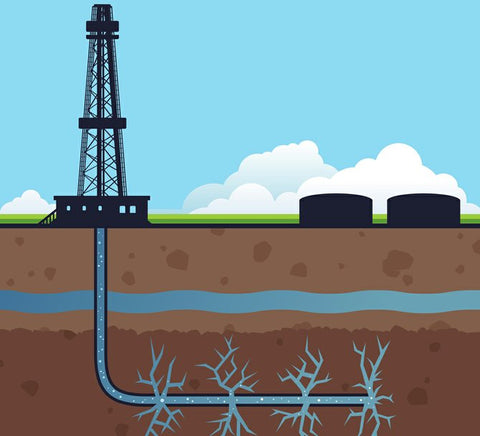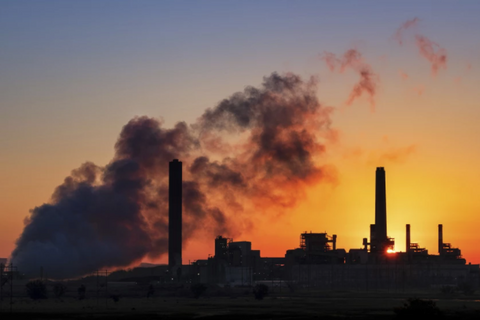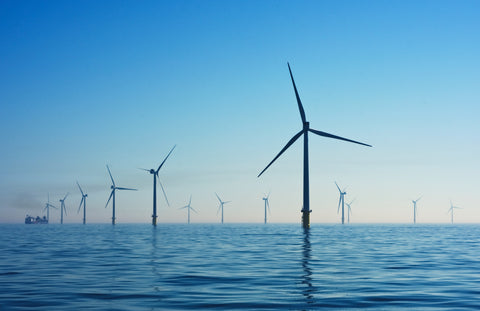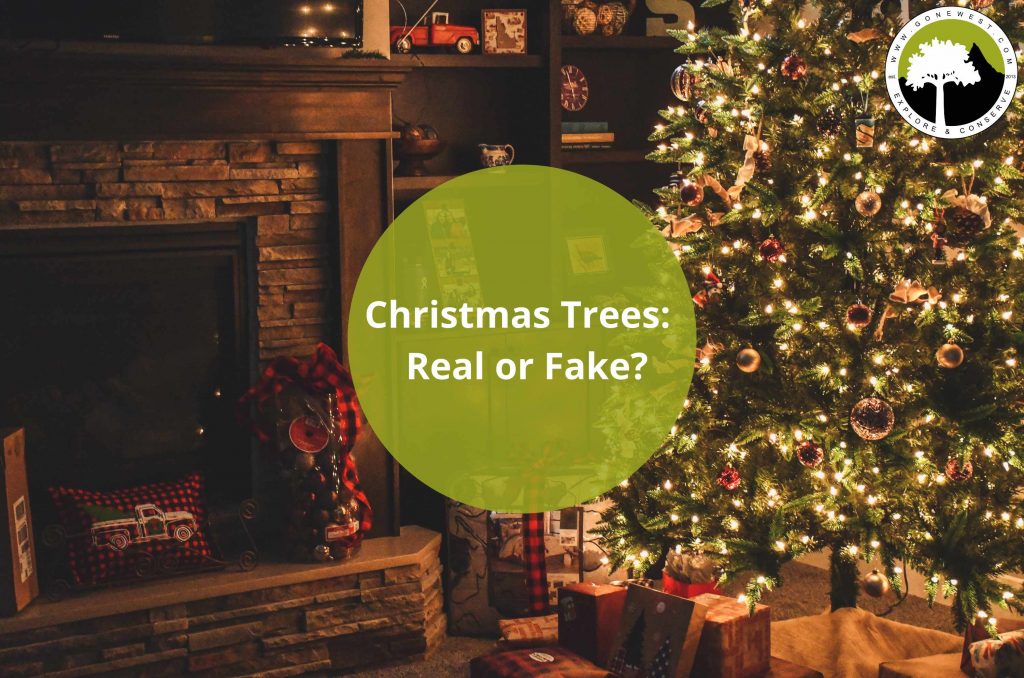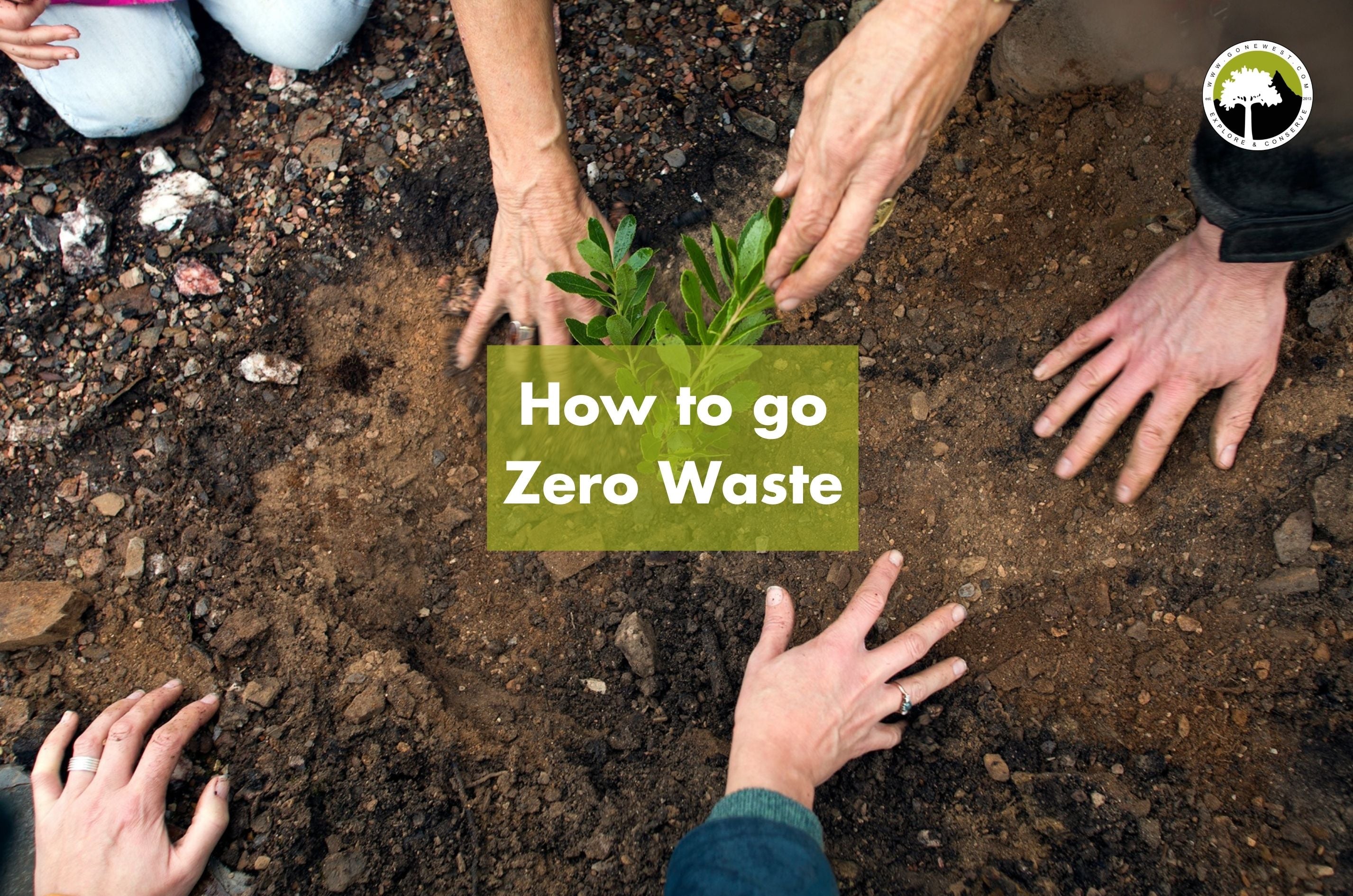In the last month, we’ve seen how important it is to have a reliable energy provider. There has been fuel shortages all over the UK, from gas to petrol. Not only is this fuel a finite resource, it’s also destroying the planet.
It’s getting colder and darker now and everybody is starting to turn on their heating and their lights. So, maybe now is the time to find out where your energy comes from and which providers need to be given the cold shoulder…
How energy impacts our climate
Before we get into the nitty-gritty, we need to take a look at how different energy sources impact the planet. Did you know that most of the energy we use is not renewable? It comes from unsustainable sources such as gas, oil, and coal.
A large percentage of our personal carbon footprint is based on the amount of energy we use at home, and also what type of energy we consume. In fact, 72% of global emissions actually come from residential energy. That’s the biggest impact you have on the climate as an individual.
But how does this actually impact the climate? Well, if we don’t change our habits, the global average surface temperature is on track to warm by 2-3C by 2050. This means that ice caps and glaciers will melt leading to a rise in sea levels and more deadly landslides. If sea levels rise by a metre, you can wave goodbye to a holiday in the Maldives, New Orleans or India. The rise will lead to around 10% of the world’s population being displaced and communities fighting for survival.
If you would like to know about how our future may look if we don’t make a change, read our Amazon Day article to take a deep dive into life in a climate crisis.
Types of energy and where they come from
I’m sure we all know that fossil fuels are bad and come from finite resources in the earth, but do you know any more than that?
Natural gas
Natural gas is one of the most common energy sources used in the UK and worldwide. This is because many of our homes run on gas boilers and there isn’t really a widespread alternative. In the UK alone, 46% of our energy comes from natural gas.
But where does it come from? Essentially, it is formed during the decomposition of ancient animals and plants. This means that it is generally trapped deep underground and takes a lot of work to extract it.
The most common method of extraction is fracking, though it is also one of the most controversial. In the process of fracking, a vertical hole is drilled deep into the earth to allow the gas to escape. It is then treated to ensure it is not mixed with water, ethane, butane, propane, pentanes, hydrogen sulphide, carbon dioxide, water vapor, and occasionally helium and nitrogen. This is because they are contaminants that cannot be used in this form of energy generation.
The reason why fracking is highly controversial is because it is awful for the surrounding environment and ecosystems. If the extractor does not take care with the process, it can lead to a water leak. The water is highly toxic waste which will contaminate underground water sources used for drinking, hygiene, and agricultural use . The process also requires a lot of water and can drain an area’s water table (an underground area filled with water). This can impact underwater ecosystems and lead to a lack of biodiversity.
As well as this, fracking can cause micro-earthquakes. These quakes are not large enough to be felt by us, but can damage buildings, infrastructure, and underground pipes.
The only small positive of using natural gas is that it is a little more eco-friendly than oil and coal. Though burning natural gas still does emit greenhouse gases that contribute to climate change.
Coal
Coal is possibly one of the worst sources of fuel that is used in the modern era, but 9% of the UK’s energy still comes from coal, and that figure is even greater worldwide. In fact, it is the most used fuel in the world. Coal is another type of fossil fuel, similar to natural gas, and is therefore made up of fossilised plants and animals.
The whole process of using coal to generate energy is dangerous and toxic. To extract coal, you have to mine it. This could be surface mining where miners remove any overlying sediment (vegetation and rock), or underground mining, which involves digging deep into the rock. There are many other variants of these two mining methods, but all have similar connotations.
Surface mining ruins the landscape and surrounding environment because it requires the miners to take off an entire layer. There is even a type of surface mining that involves stripping the entire summit of a mountain… Other than causing devastation to the ecosystems, surface mining can lead to landslides and subsidence. It can also lead to toxic substances leaching into the air, deteriorating the health of locals.
Underground mining is generally better for the environment, though is incredibly dangerous for the miners who have to extract it and leaves a lot of toxic waste. The whole process of extraction is a threat to the miners, from underground explosions and suffocation due to lack of oxygen to exposure for toxic gases, it is very unsafe for people to work.
And that’s just the extraction process…
Burning coal to generate energy releases harmful gases and particulates that pollute the environment and fuel climate change. In 2011, 43% of the energy in the USA was generated from coal, but coal was responsible for 79% of the carbon emissions.
Other than CO2, Sulfur dioxide and nitrogen oxides are also released when burning coal. These toxic gases cause acid rain, smog, and lead to severe respiratory illnesses. Acid rain corrodes landscapes as well as man made structures, lowering the quality of life for animals and people alike.
There are lots of other negative effects of coal. For example, mercury is emitted when coal is burned, and when mixed with water it can create methylmercury, which is toxic to people. As well as that, fly ash is released, which creates toxic air that can lead to more respiratory issues. And finally, coal can burn for a long time. A really long time. And it is very hard to extinguish. In Australia, there is a coal fire dubbed the ‘Burning Mountain’ which has been burning for around 5500 years!
Credit: J. David Ake / Associated Press
Nuclear
Another type of energy used in the UK is nuclear energy. In fact, 21% of the UK’s energy comes from it. Nuclear energy is considered a renewable energy because there are no greenhouse gases produced and it will never run out.
Energy is generated from nuclear fission (splitting of uranium atoms) inside a power plant. This process generates heat to produce steam which powers a turbine generator which then produces electricity. Nuclear energy is seen as a reliable source of energy because it can provide energy 24 hours a day with no hindrances. And, of course, with no carbon emissions, it is a good, clean alternative to fossil fuels.
However, it’s not all positive. Because it is regarded as a clean alternative, many people ignore that the process produces toxic waste and the plant itself is potentially very dangerous. The waste created by nuclear fission is radioactive and remains radioactive for up to 10,000 years and can’t really be disposed of.
The power plants themselves can be very unstable. Something as small as improper care can lead to a global disaster. The most famous examples of this are Chernobyl and Fukushima. Essentially, when a plant becomes out of control, it is no longer an energy plant, it is a nuclear bomb. This bomb can be devastating and the effects can be seen for many generations.
Credit: Kafkadesk
Renewable energy
The final type of energy used worldwide is renewable energy. 24.5% of the UK’s energy comes from renewables. Renewable energy is generated from natural processes that can go on forever without depleting a resource.
There are a few different types of renewable energy. The most common are wind, water (waves), geothermal, and solar. All of these have very few connotations, with the main downfall being costs and looks. Though the latter is not a very strong argument when coal plants are ugly and intrusive. There is no real reason why countries can’t change over to renewables, especially because combined, the grid can easily run off the power generated by them.
Credit: Unsplash
How much we need to reduce our carbon footprint
Our personal carbon footprints are quite large, especially in developed countries where we have a much higher demand for energy. Ideally, we need to reduce our footprints to around 2 tons to slow down/stop climate change. For context, the average American’s footprint is around 16 tons!
Shocked? Yes, so are we… But it’s not all doom and gloom! Gone West can help you offset your footprint. Visit our Offsetting page on our website for more information.
Start making the change at home
There are many different ways to make your home energy efficient without too much work or expense. Below are a list of simple changes and things to make your home more eco-friendly:
- Draught excluders
The cheapest and quickest fix on the list! Grab a few from your local charity shops or make them yourself. These small things can eliminate draughts and stop all of your precious heating escaping underneath the doorways during the winter.
- Floors that keep in the heat
If you’re in the process of choosing a new flooring, or are in a position to change your flooring, this is a great way of making your home really good at staying cosy. The best types of flooring to keep the heat in are carpets. If you already have wooden or laminate floors, why not invest in a rug? This will absorb the heat and keep you warm.
- Good quality insulation
If you live in a newer build, chances are this will already be installed. But older buildings tend to have inefficient insulation or no insulation at all. Good insulation is one of the most important ways to make your home energy efficient because it keeps the cold air out in the winter and the hot air out in the summer.
- Solar panels
This option is a little bit more on the pricey side, but well worth it. Solar panels are a great way to green up your energy and to cut the cost of your bills.
To learn more about sustainable home improvements like solar panels, read our Eco-friendly Houses blog here.
- Switch to an electric boiler and oven
As you may have gathered from earlier in the article, gas is very hard to make sustainable and eco-friendly. So the best way to do good from your own home is to cut out the need for gas entirely. That way you can get all of your energy from renewable sources.
- Switch to a green energy supplier
Another great way of making your energy green is to switch to an energy company that only uses renewables.
Credit: Eco Friendly Homes
Which energy providers are best for you?
There are a lot of energy companies that are trying to switch over to green energy, or at least are attempting to greenwash it. As well as that, the fuel crisis has started to show which companies rely on non-renewable sources to supply their customers. So, we’ve made a list of energy companies we think are reliable and green for all of the right reasons.
- Bulb
Bulb are a real superstar when it comes to green electricity. They use 100% renewable energy to provide your electricity and 4% of their gas comes from renewable sources (which is pretty good considering it is hard to obtain renewable gas). They are a little bit more expensive than some other companies, but they run a promotion in which you and a friend can receive £50 off both of your bills when you refer them. This can be redeemed an unlimited amount of times (providing the friend is a new customer).
They are also incredibly good at switching you from your old supplier and they can do it for free. Making the switch so easy and seamless that you can do it right now!
- Octopus Energy
Another up-and-coming pioneer of green energy is Octopus Energy. Like Bulb, 100% of their electricity comes from renewables, though they do not offer a green gas solution. However, they do offset their carbon emissions. The tariff is a pretty standard tariff and costs similar to most main energy suppliers.
They also offer a stress-free switch, making it easy for you to switch today!
- Outfox the market
Outfox the market is a lesser known energy company, but don’t let that scare you off! They offer a cheap tariff and all of their electricity comes from wind. But again, do not offer green gas.
There are many other green suppliers out there, but these are the most promising ones. Before switching to any energy supplier, make sure the company is right for you.
That’s all for today’s article. We hope you enjoyed reading all about energy and making your home green! Join the sustainable revolution to help save our natural world and our future by following us on Instagram and by subscribing to our monthly newsletter for updates.
Stay in the loop

